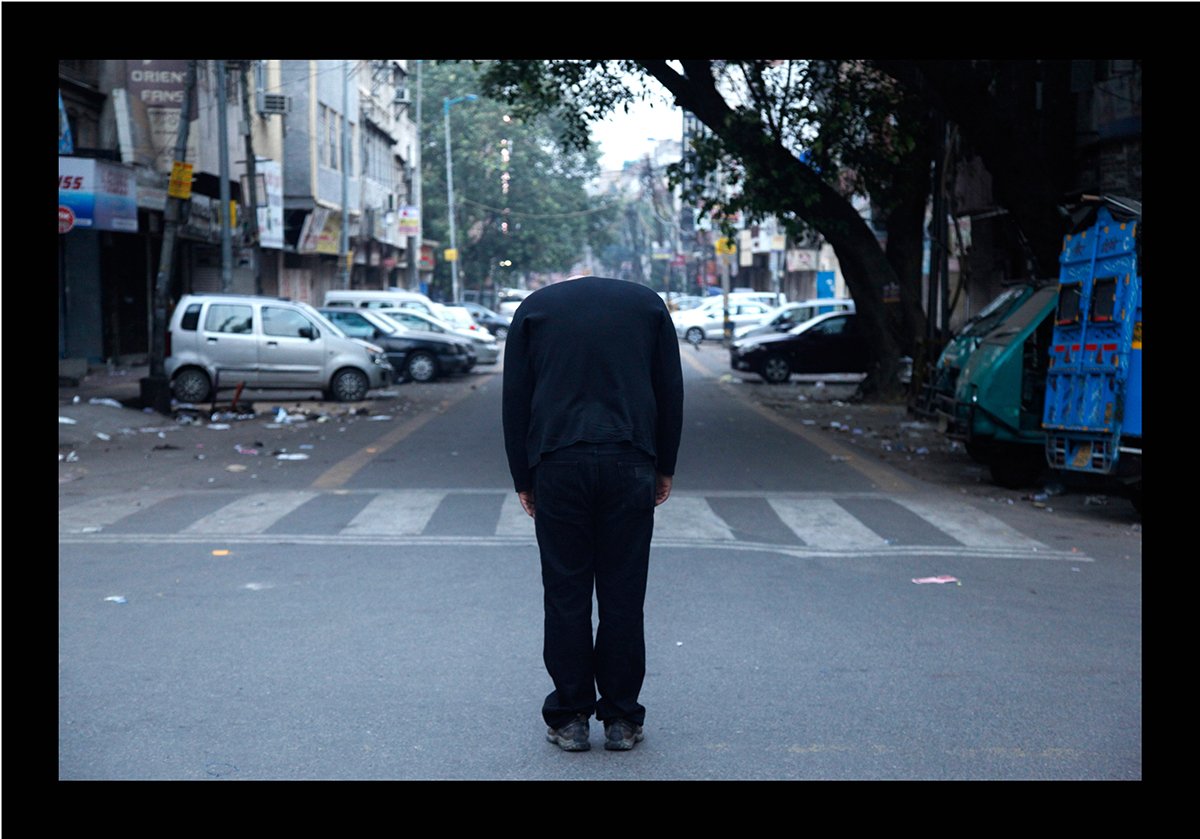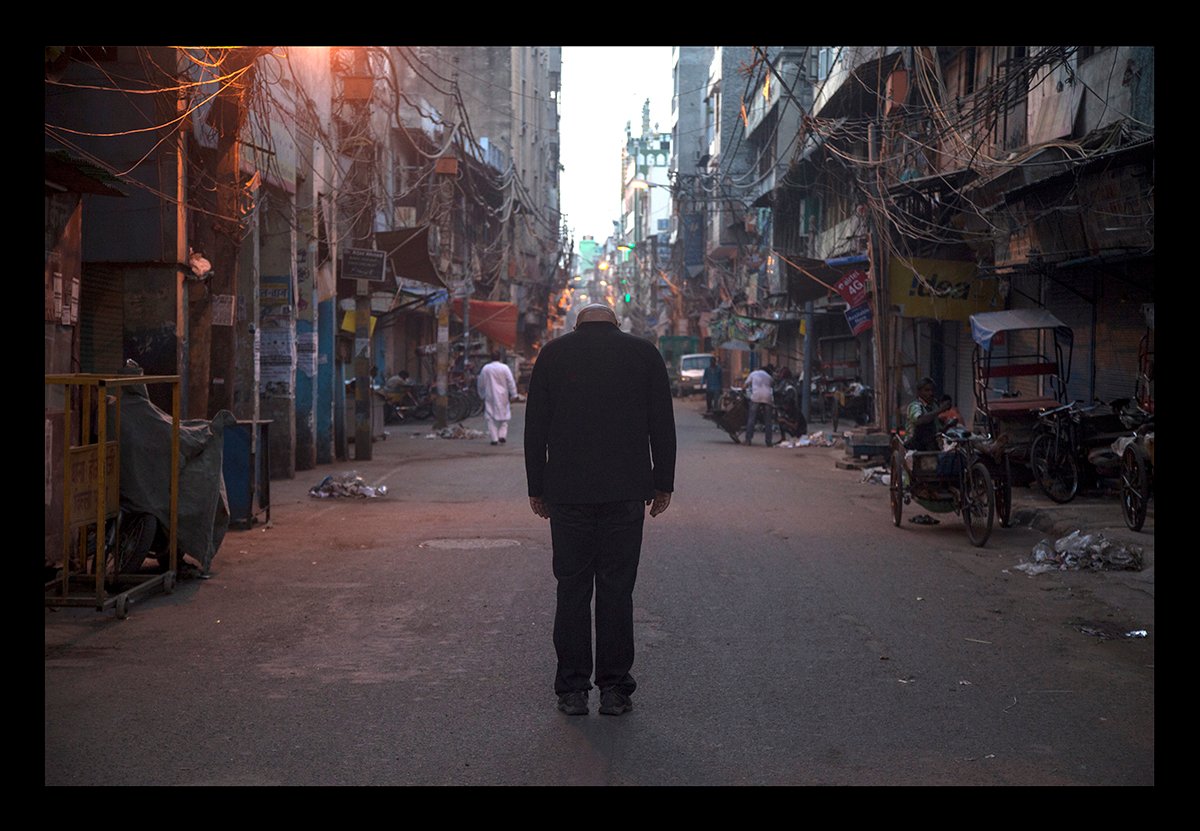Looking for Dvaipayana
In Sanskrit, Dvaipayana literally means, "that which is surrounded by water". According to the text the sacred texts called Purans, the sage Parashar reaches Kalindi (the Yamuna river in north India) and wishes to cross it. He looks around and finds a fisherman's boat. Parashar asks Satyawathi, the fisherman's daughter who is on the boat at that time, to take him across the river. Since her father is occupied elsewhere, Satyawathiagrees. While on the boat, the sage cannot take his eyes off the young woman and asks if he can make love to her. She agrees to his request and they conceive a child on the boat. Later, a male child id born on an island on the Yamuna and is named KrishanaDvaipayanaVyas (the dark one from the island), or VedVyas, as he later comes to be known. VedVyas is believed to have compiled the four Vedas and the Mahabharata epic.
Dvaipayana also features as a lake in the last episode of the Great War in Mahabharata. The instigator of the war, King Duryodhana, takes refuge in this lake, which in turn, covers him in ice. This eases the King's fatigue and sense of loss from the wrongdoing. The epic narrates that he can emerge from Dvaipayana only by his own volition; no one can force him out of the icy waters.
In the Mahabharata, King Duryodhana hides within the lake, which is also the creator/author/artist. Thus, Dvaipayanabecomes the mythical lake from which we may all be and from which we might derive ourselves.
Looking for "lost" water in Delhi, I "perform" at locations named after or for water within my home city, Delhi. Old wells, step wells, old water bodies like old wells have been covered over to make way for roads or for the ease of traffic. Some remain only within memory of the older generations, referring to awater body lost to time or to greed. The body plays the indexical, of perhaps wanting or attempting to connect to the labyrinths of water tables and sources which keep the city alive over generations but are now disappearing. The sites are locations which may still carry names of old water bodies of Delhi, like 'ChapparWalaKuh' (the thatched well) in Karol Bagh crossing which was covered in the early 1980's; Panchkuina Road (Five well road), KhariBaoli (the brackish step well), JantaPiau (one of the oldest well in Old Delhi, right in the middle of the road opposite Old Delhi railway station).
The abstracted silhouette/body, perhaps a de-humanizing shape and at other times a head in supplication, may be a metaphor for defeat, submission, confession; the head is so bowed down that it is almost about to admitting guilt; of giving myself/yourself to Dvaipayana (In form of river/ lake/baoli/well). The work may be also mourning, a moment of silence. "Do I want to become the well/baoli/river/water body?!" "You always step into the same river"









